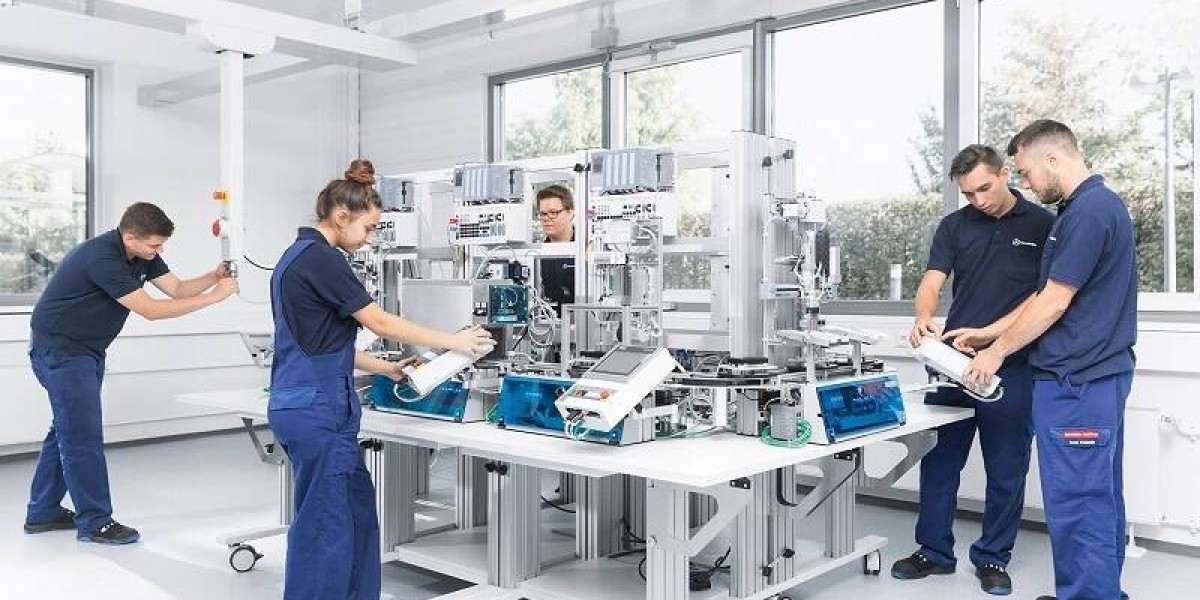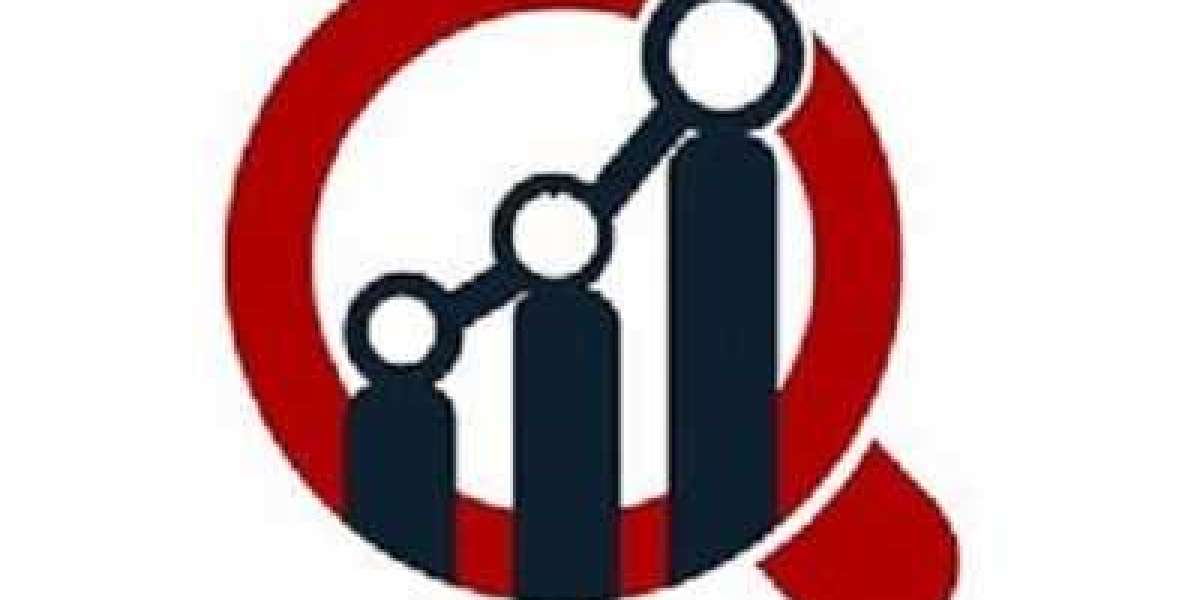Medical device maintenance refers to the processes and activities that ensure the correct and efficient functioning of medical devices. This includes planning, implementing and monitoring maintenance measures to prevent equipment breakdowns and ensure their reliable operation.
Medical equipment maintenance management includes tasks such as scheduling routine maintenance, making repairs, and replacing equipment when necessary. This also includes developing and implementing maintenance policies and procedures, as well as training staff in the proper use and maintenance of equipment.
Medical equipment maintenance is essential for several reasons, foremost being patient safety. Equipment that is not properly maintained can malfunction, leading to incorrect diagnoses, delayed treatments, or even patient harm. Regular and systematic upkeep ensures that devices operate correctly and reliably, minimizing the risk of unexpected failures during critical procedures.
Beyond patient safety, Medical Equipment Maintenance enhances the overall efficiency of healthcare facilities. Downtime due to equipment failure can disrupt workflows, leading to increased wait times, rescheduled procedures, and general inefficiency. By adhering to stringent maintenance schedules, healthcare providers can ensure seamless operations, contributing to better patient care and satisfaction.
Key Components of Effective Maintenance
Effective maintenance of medical equipment involves several key components:
Preventive Maintenance
Preventive maintenance is the cornerstone of effective equipment management. It involves regular, scheduled inspections and servicing of equipment to prevent unexpected failures. This proactive approach helps in identifying potential issues before they escalate into significant problems, thereby extending the lifespan of the equipment.
Corrective Maintenance
Despite preventive measures, equipment can still encounter issues. Corrective maintenance addresses these problems by repairing or replacing faulty components. Prompt and efficient corrective actions are crucial to minimize downtime and ensure that the equipment is back in service as quickly as possible.
Calibration and Testing
Regular calibration and testing are vital to ensure that medical devices provide accurate readings and function as intended. This is particularly important for diagnostic and therapeutic equipment, where precision is paramount. Calibration helps maintain the accuracy of devices, ensuring reliable results that healthcare providers can trust.
Compliance and Documentation
Compliance with industry standards and regulatory requirements is essential for maintaining the integrity of medical equipment. Detailed documentation of all maintenance activities, including inspections, repairs, and calibrations, is crucial. This not only ensures transparency but also facilitates audits and regulatory checks.
Training and Education
Adequate training and education of healthcare staff on the proper use and basic maintenance of medical equipment are vital. This empowers them to identify early signs of malfunction and take appropriate actions, thereby preventing potential issues from escalating.
Challenges in Medical Equipment Maintenance
While the benefits of proper maintenance are clear, the process is not without its challenges. One significant challenge is the sheer variety and complexity of modern medical devices. Each type of equipment has unique maintenance requirements, necessitating specialized knowledge and skills.
Another challenge is the cost associated with regular maintenance. Healthcare facilities often operate under tight budget constraints, and the expense of maintenance programs can be substantial. However, the cost of neglecting maintenance can be far higher, considering the potential for equipment failures and the associated risks to patient safety.
Moreover, staying updated with the latest technological advancements and regulatory changes can be daunting. Continuous education and training are essential to keep maintenance personnel and healthcare providers informed about new requirements and best practices.
The Future of Medical Equipment Maintenance
The future of medical equipment maintenance is likely to be shaped by advancements in technology. Predictive maintenance, powered by artificial intelligence and machine learning, is emerging as a promising approach. By analyzing data from equipment sensors, predictive maintenance can forecast potential failures before they occur, enabling even more proactive and efficient maintenance strategies.
Additionally, the integration of the Internet of Things (IoT) in medical devices is set to revolutionize maintenance practices. IoT-enabled devices can provide real-time data on their performance and health, allowing for immediate detection of issues and remote troubleshooting.
Medical equipment maintenance is a critical aspect of healthcare that directly impacts patient safety and operational efficiency. By implementing robust maintenance protocols, healthcare facilities can ensure the reliability and accuracy of their medical devices, thereby enhancing the quality of patient care. Despite the challenges, the evolving landscape of technology offers promising solutions to streamline and improve maintenance practices. Ultimately, a commitment to meticulous maintenance is a commitment to the highest standards of patient safety and care.
Get more insights on Medical Equipment Maintenance
Also read related article on Medical Equipment Maintenance



